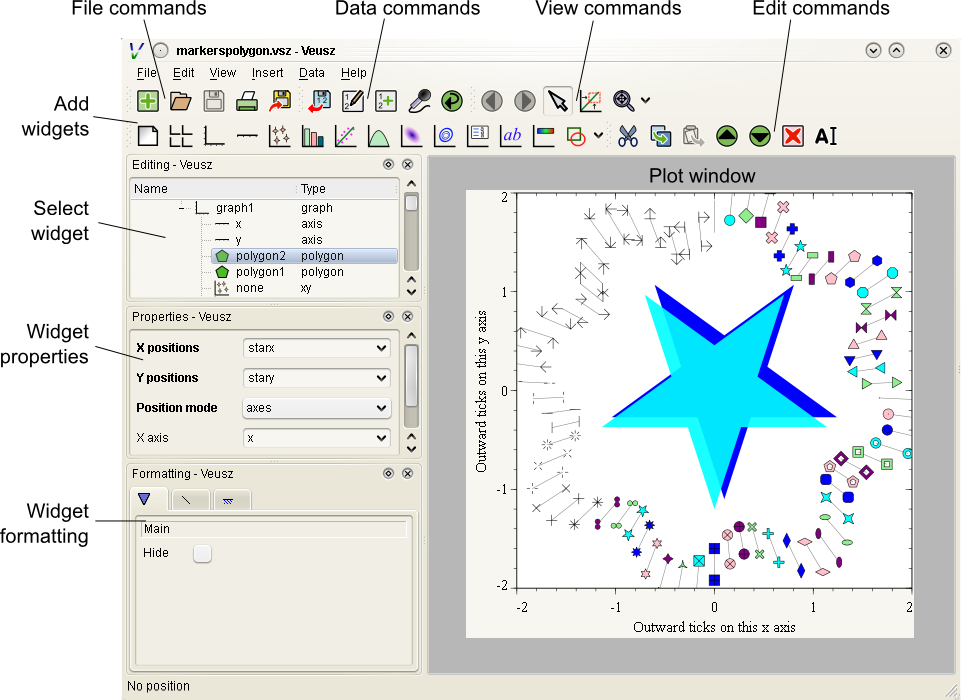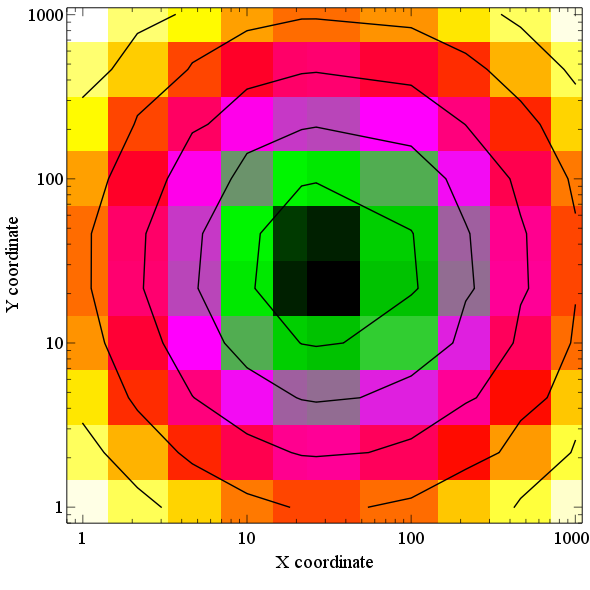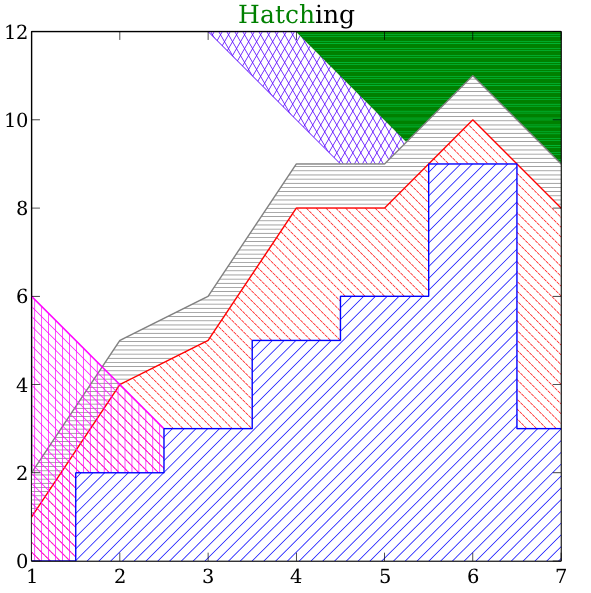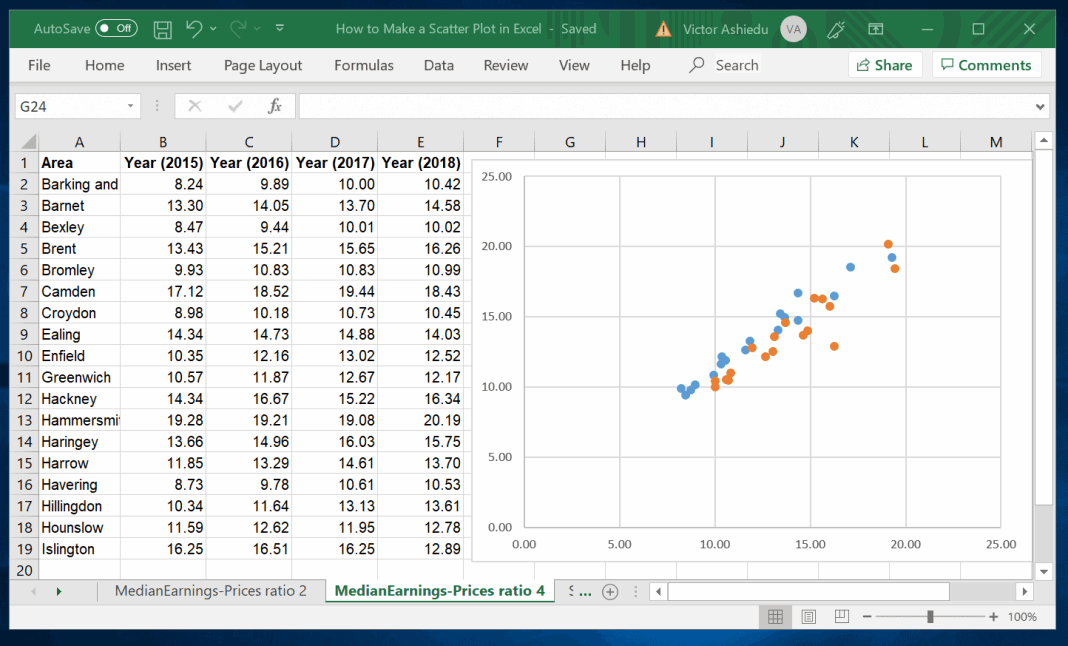

While PCR assays are targeted, we note that this does not imply they need to be taxonomically-restricted.

Being able to quantify the abundance and dynamics of rare organisms is important for understanding ecosystem function since many rare bacteria have impacts far greater than their low abundances might imply ( 7, 8). Secondly, the targeted nature of the PCR assay means relatively small numbers of sequences are sufficient for detecting rare organisms even when we have no genomes from any of their relatives, due to the conserved nature of the molecule and the existence of comprehensive SSU rRNA sequence databases. for global surveys of sediment, water, animal-associated, and other microbial communities ( 1). Firstly, it is a high-throughput and low-cost technique, making it suitable for large numbers of samples - e.g. Despite these concerns, PCR amplicon sequencing retains several advantages that make it desirable to investigate and correct biases.


In addition, our reproducible bioinformatic workflow can guide microbiome researchers studying different ecosystems or human health to similarly improve existing primers and generate more accurate quantitative amplicon data.Īmplicon sequencing is a powerful tool for understanding microbial community composition and dynamics in the oceans and other ecosystems ( 1), but the PCR amplification step is potentially biased due to both technical issues during amplification and mismatches to organisms found in natural environments ( 2– 6). Our analysis also revealed that expected performance of all primer sets could be improved with minor modifications, pointing toward a nearly-completely universal primer set that could accurately quantify biogeochemically-important taxa in ecosystems ranging from the deep-sea to the surface. Using Atlantic and Pacific Ocean samples, we demonstrate high correspondence between 515Y/926R amplicon abundances (generated for this study) and metagenomic 16S rRNA (median R 2=0.98, n=272), indicating amplicons can produce equally accurate community composition data versus shotgun metagenomics. For eukaryotic 18S rRNA sequences, 515Y/926R also performed best (88%), followed by V4R/V4RB (18S rRNA-specific 82%) – demonstrating that the 515Y/926R combination performs best overall for all 3 domains. Considering Cyanobacteria and Chloroplast 16S rRNA, 515Y/926R had the highest coverage (99%), making this set ideal for quantifying marine primary producers. The best-performing primers when comparing to 16S rRNA of Bacteria and Archaea were 515Y/926R and 515Y/806RB, which perfectly matched over 96% of all sequences. To evaluate how well marine microorganisms across all 3 domains are detected by this method, we compared commonly-used primers with > 300 million rRNA gene sequences retrieved from globally-distributed marine metagenomes. However, results will only be accurate if PCR primers perfectly match the rRNA of all organisms present. Small subunit ribosomal RNA (SSU rRNA) amplicon sequencing can quantitatively and comprehensively profile natural microbiomes, representing a critically important tool for studying diverse global ecosystems.


 0 kommentar(er)
0 kommentar(er)
